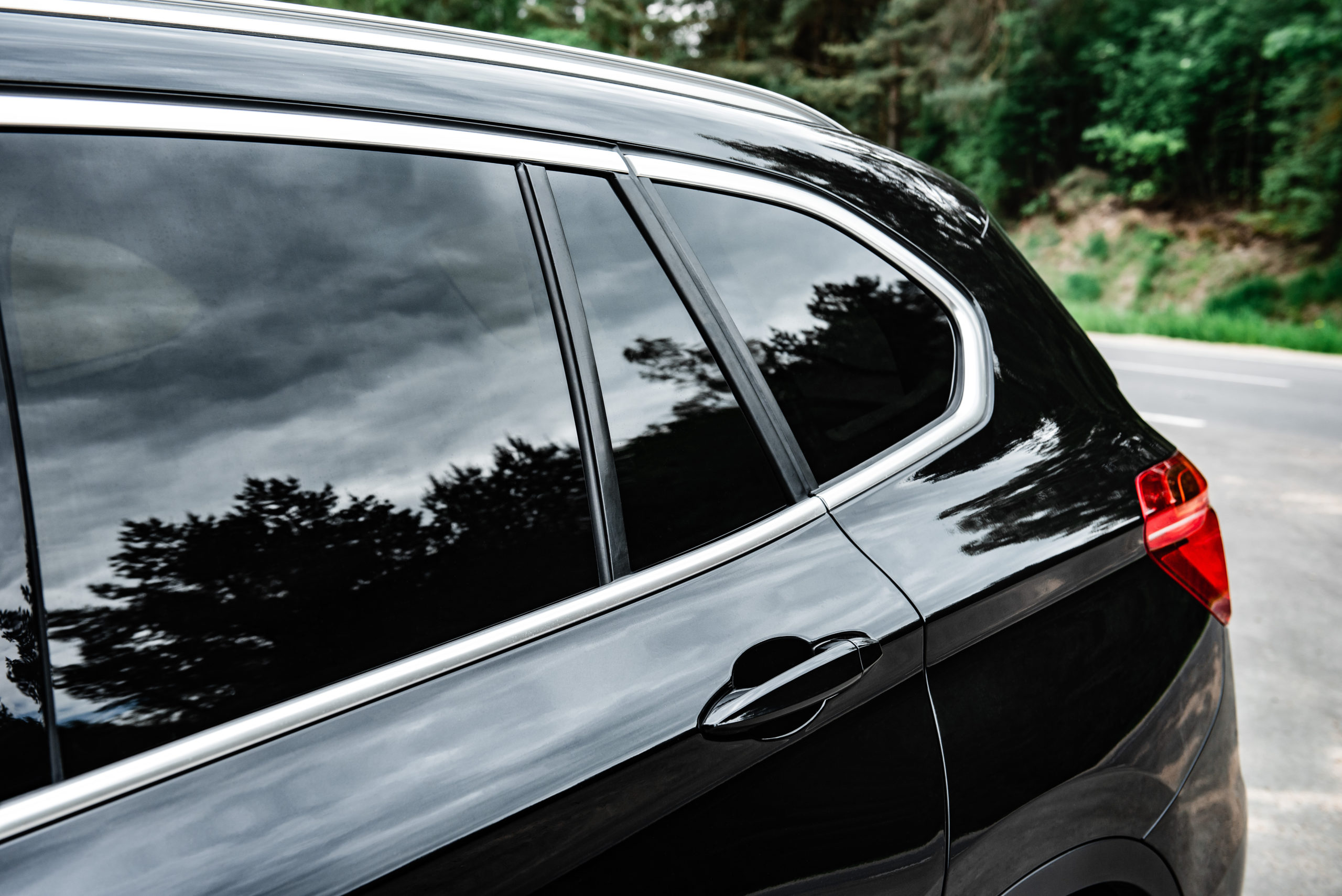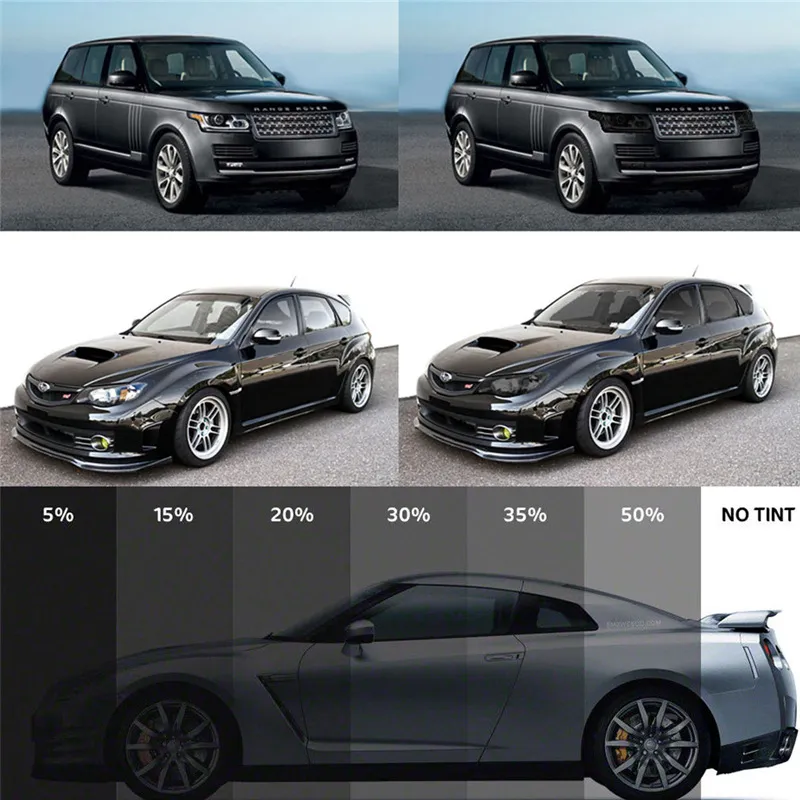The Ultimate Guide to Window Tinting: What You Need to Know Before You Apply
The Ultimate Guide to Window Tinting: What You Need to Know Before You Apply
Blog Article
Home Window Tinting Laws: What You Required to Know Before Tinting Your Vehicle
Understanding home window tinting legislations is important for any type of lorry proprietor taking into consideration tinting their car. Regulations vary considerably from state to state, developing particular limitations for Visible Light Transmission (VLT) percents, particularly for front-side home windows and windshields. Failing to follow these legislations can lead to penalties, the requirement to get rid of the color, and issues with insurance. As you ponder enhancing your automobile's appearance and functionality, it is vital to comprehend not just the lawful ramifications yet likewise the sensible considerations that feature selecting the best color. What factors should you prioritize in your decision-making process?
Relevance of Understanding Tint Laws
Recognizing home window tinting laws is crucial for vehicle owners to guarantee conformity with state guidelines. These laws dictate the acceptable levels of tint darkness and reflectivity, which can significantly vary from one territory to an additional. Falling short to comply with these laws can cause penalties, mandatory removal of the color, and potential problems during car assessments.
Moreover, understanding these regulations aids lorry proprietors make educated choices concerning their tinting alternatives. Different types of window films provide numerous benefits, such as UV security, warmth denial, and glare decrease. Without knowledge of the lawful limitations, car owners run the risk of selecting products that might ultimately lead to legal concerns.
Furthermore, awareness of tinting legislations cultivates a much safer driving environment. window tinting. Exceedingly dark tints can impair exposure, increasing the threat of accidents, specifically during the night or in unfavorable climate condition. Police likewise use these regulations to make certain road safety and security, making compliance not just an individual responsibility however a legal responsibility
State-Specific Tint Rules
Each state in the U.S. has actually developed its very own specific guidelines relating to home window tinting, mirroring a varied variety of requirements and standards. These laws can differ considerably, impacting how vehicle owners approach installment and compliance. Some states permit darker colors on rear home windows while enforcing strict limitations on front-side home windows.
Additionally, laws typically define allowable tint products and shades. Particular states ban reflective tints entirely, while others may permit them to a minimal level. Moreover, some jurisdictions mandate that cars with colored home windows present a sticker label showing compliance with state legislations, offering a clear identification for police.
Enforcement of these legislations likewise differs; some states are extra aggressive, performing arbitrary checks, while others depend on problems or visible violations to initiate enforcement. Vehicle proprietors ought to be conscious that failure to follow state-specific color regulations can result in penalties, compulsory elimination of prohibited colors, or both.

Legal Tint Percentages
Identifying the lawful tint percentages is essential for car proprietors seeking to follow more helpful hints state policies. Each state has specific regulations controling just how much light needs to travel through the windows of a vehicle, which is revealed as a portion known as Noticeable Light Transmission (VLT) This percentage differs considerably across states and can depend on the sort of window-- front side, back side, and windshield.
For example, some states permit as low as 20% VLT on front side windows, while others might permit approximately 50%. Windshield tinting is typically extra limited, with many territories allowing only a narrow band of color at the top of the windscreen. On the other hand, rear windows typically have much more lenient guidelines, with some states permitting darker colors.
It is crucial for automobile proprietors to familiarize themselves with their neighborhood legislations to avoid possible legal problems. This includes understanding exactly how VLT is gauged, as it can vary based on the sort of home window film made use of. Staying informed regarding these guidelines guarantees conformity and advertises secure driving problems for both the lorry owner and others on the roadway.
Consequences of Non-Compliance
Failing to stick to home window tinting laws can lead to significant consequences for vehicle owners. Policemans trained to determine prohibited color levels may provide fines, which can differ by jurisdiction but usually vary from moderate to significant amounts.

Insurer may also penalize for non-compliance, as prohibited adjustments can be seen as a violation of policy terms. If a case takes place., this can impact coverage prices or lead to difficulties in insurance claims.
Eventually, the repercussions of non-compliance extend past immediate punitive damages; they can impact a chauffeur's insurance coverage rates, legal standing, and overall lorry worth, emphasizing the value of adhering to neighborhood window tinting laws.
Tips for Deciding On Tinting Options
Understanding the effects of non-compliance highlights the importance of making educated options when selecting home window tinting alternatives. Firstly, familiarize on your own with your state's details legislations relating to color darkness and reflectivity. Each state has one-of-a-kind laws that dictate the acceptable limitations, so guarantee you remain within these standards to prevent charges.
Second of all, take into consideration the kind of tint material. Alternatives include dyed, metalized, and ceramic tints, each offering varying degrees of heat rejection, UV protection, and resilience. Ceramic colors provide remarkable warmth resistance without conflicting with electronic devices, making them a prominent option.
Additionally, evaluate your main objective for tinting. If you look for enhanced personal privacy, opt for darker colors; nevertheless, maintain in mind that this might affect visibility at night. Conversely, if glare decrease and UV protection are your main concerns, lighter colors may be adequate.
Finally, speak with a specialist installer that is experienced about regional guidelines and can advise premium products fit to your needs (window tinting). Taking these factors into account will ensure you make a knowledgeable decision, inevitably boosting both your lorry's visual appeals and functionality
Conclusion
To conclude, familiarity with window tinting regulations is essential prior to applying color to an automobile. Each state implements details policies concerning visible light transmission percents, especially for front-side windows and windshields. Non-compliance can cause significant penalties, consisting of penalties and obligatory removal of non-conforming color. By recognizing legal needs and choosing suitable color products, car owners can continue reading this accomplish aesthetic improvement while staying compliant with pertinent legislations. Adherence to these guidelines makes certain both security and satisfaction.
Understanding home window tinting regulations is vital for any kind of vehicle owner taking into consideration tinting their car.Comprehending home window tinting laws is important for lorry owners to guarantee conformity with state policies. Some states enable darker colors on back windows while imposing strict limitations on front-side windows.
In comparison, rear home windows normally have much more forgiving guidelines, with some states allowing darker tints. (window tinting)
In conclusion, knowledge with home window tinting regulations is essential prior to using color to a vehicle.
Report this page